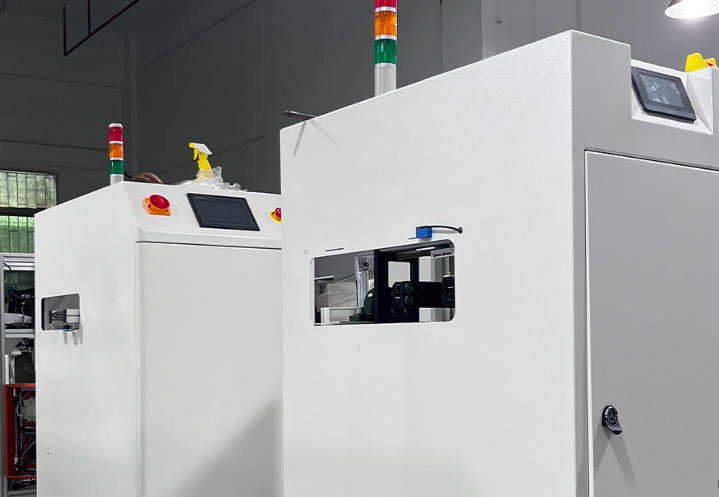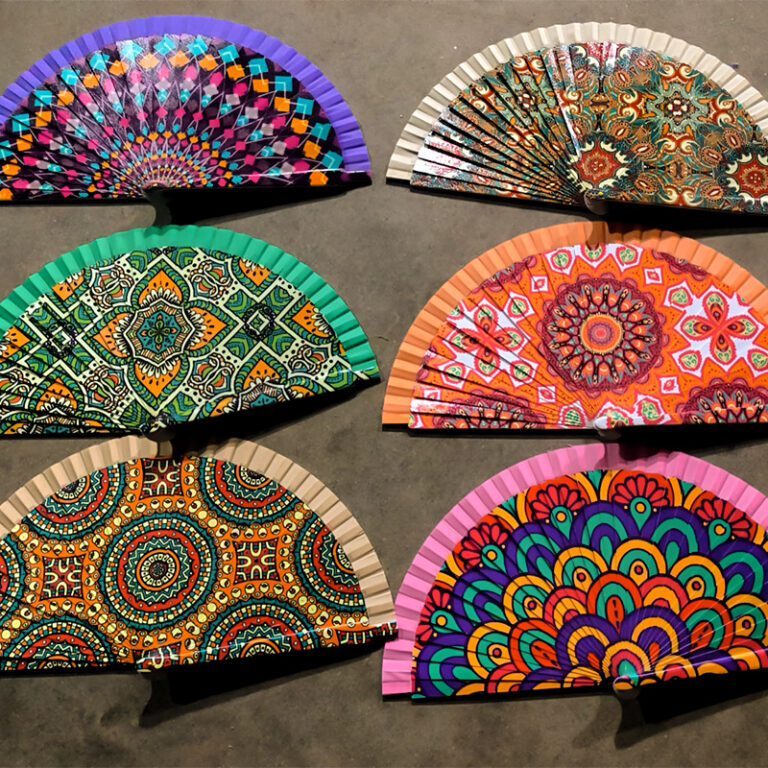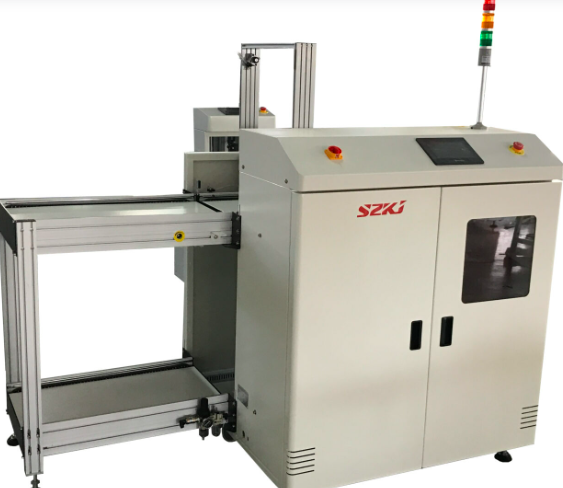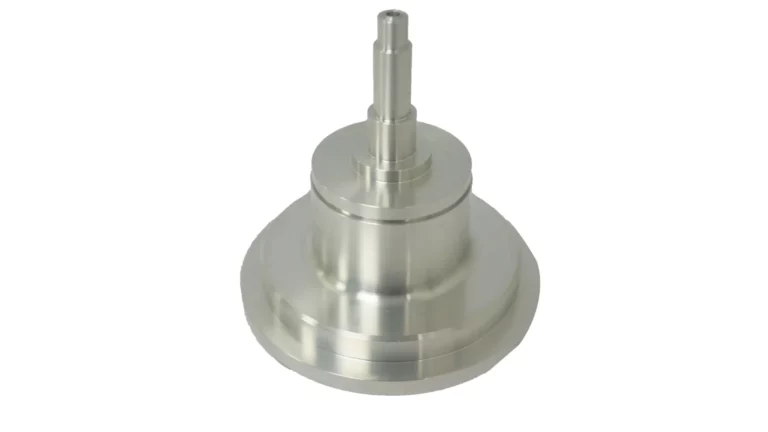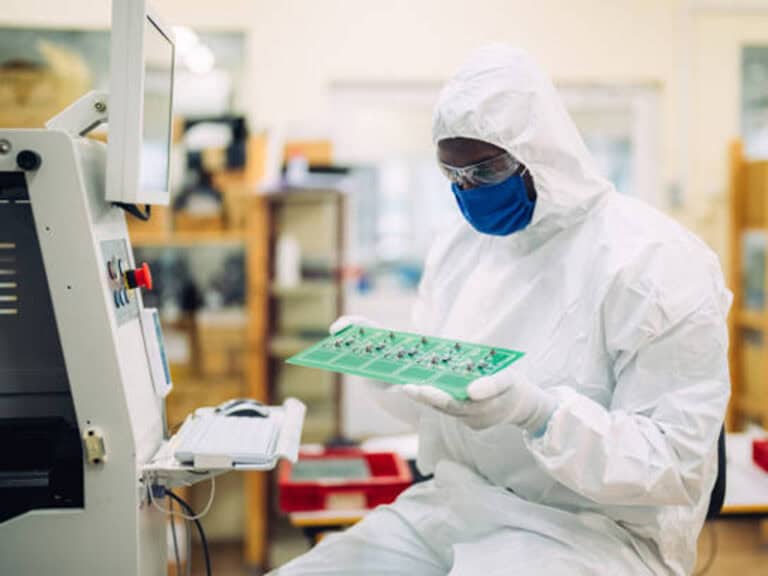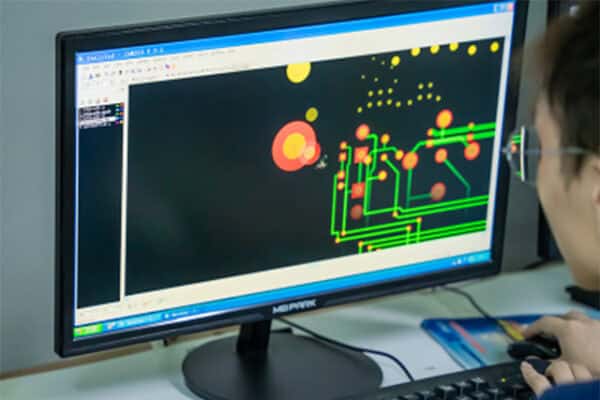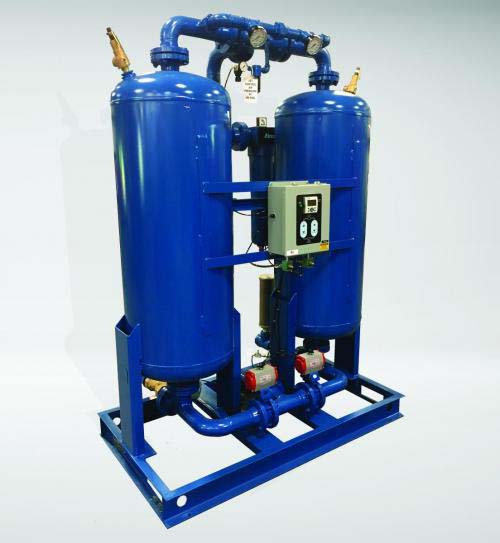目录
ToggleIn our daily lives, we often encounter various light sources, from the warm glow of a lamp to the bright illumination of streetlights. Understanding how to measure the brightness of these light sources is essential for various applications, including photography, interior design, and even horticulture. One of the most effective tools for this purpose is an illuminometer.
An illuminometer, also known as a light meter, is a device used to measure the intensity of light. It quantifies the amount of luminous flux per unit area, typically expressed in lux or foot-candles. The illuminometer is an essential tool for professionals in fields such as photography, cinematography, and architecture, where precise lighting conditions are crucial. By measuring the brightness of a light source, users can make informed decisions about lighting design, exposure settings, and overall visual aesthetics.
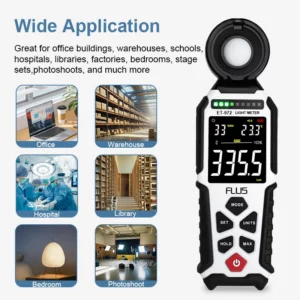
Why Measure Brightness?
Measuring the brightness of a light source is important for several reasons:
1. Quality of Light: Different light sources emit varying qualities of light, which can affect mood, productivity, and even health. For instance, natural daylight is often preferred in workspaces for its ability to enhance focus and well-being.
2. Photography and Videography: In photography, the right exposure is critical for capturing the desired image. An illuminometer helps photographers determine the correct settings for their cameras, ensuring that images are neither overexposed nor underexposed.
3. Interior Design: Designers use illuminometers to create spaces that are not only aesthetically pleasing but also functional. By measuring light levels, they can select appropriate fixtures and placements to achieve the desired ambiance.
4. Safety: In environments such as warehouses or factories, adequate lighting is essential for safety. Measuring brightness ensures that workspaces are well-lit, reducing the risk of accidents.
How to Use an Illuminometer
Using an illuminometer to measure the brightness of a light source is a straightforward process. Here’s a step-by-step guide:
Step 1: Choose the Right Illuminometer
Before you begin, ensure that you have a suitable illuminometer for your needs. There are various types available, ranging from handheld devices to smartphone apps. Handheld illuminometers are generally more accurate and reliable for professional use.
Step 2: Prepare the Environment
To obtain accurate measurements, it’s important to prepare the environment. Turn off any light sources that may interfere with your readings, and ensure that the area is free from obstructions that could cast shadows.
Step 3: Position the Illuminometer
Hold the illuminometer at the location where you want to measure the brightness. Make sure the sensor is facing the light source directly. If you are measuring ambient light, position the device at eye level to get a representative reading.
Step 4: Take the Measurement
Once the illuminometer is in place, press the measurement button. The device will display the light intensity in lux or foot candles. Take note of the reading, and if necessary, repeat the measurement in different locations or angles to get a comprehensive understanding of the light distribution.
Step 5: Analyze the Results
After taking your measurements, analyze the results based on your specific needs. For example, if you are measuring light for a photography shoot, compare the readings to the recommended exposure settings for your camera. If you are designing a workspace, consider whether the light levels meet safety and comfort standards.
Conclusion
Measuring the brightness of a light source is a valuable skill that can enhance various aspects of our lives, from improving our work environments to capturing stunning photographs. An illuminometer is an indispensable tool for achieving accurate measurements, allowing users to make informed decisions based on their specific needs.
0